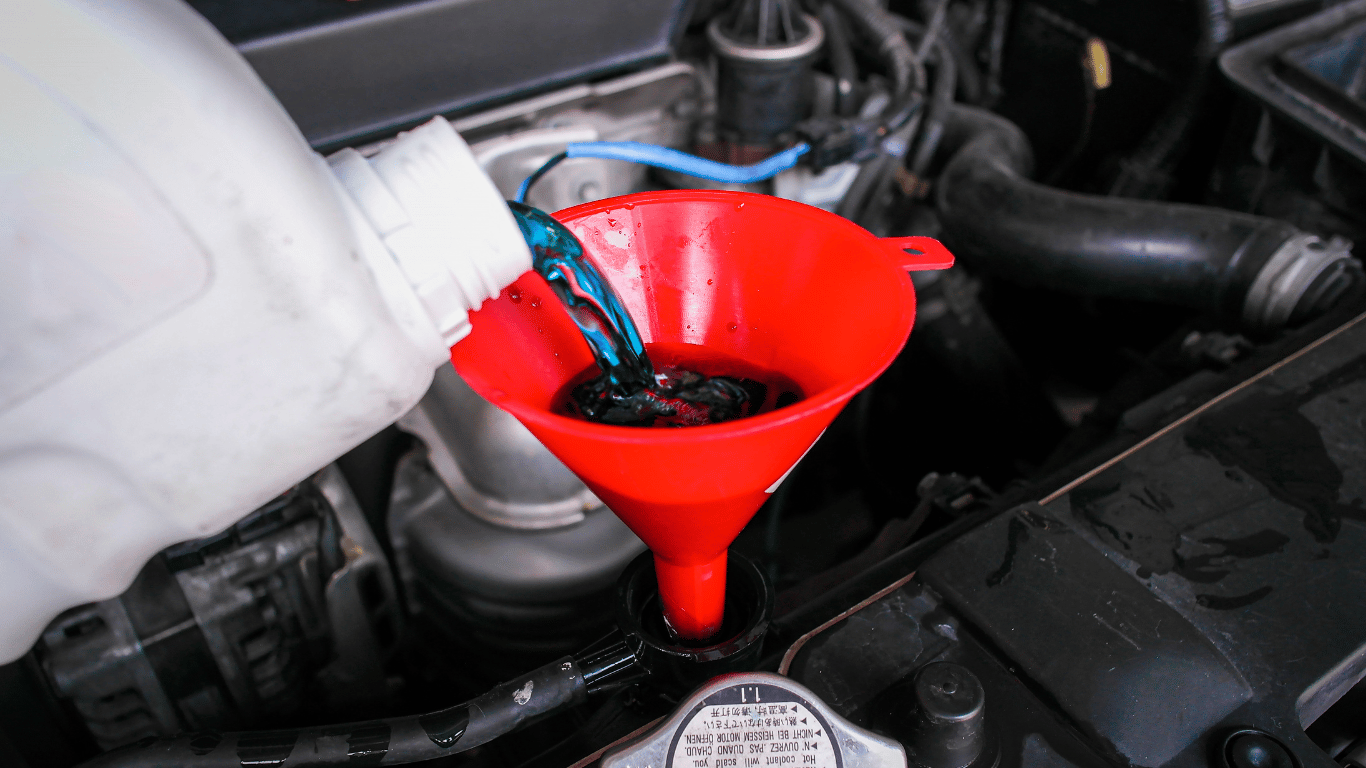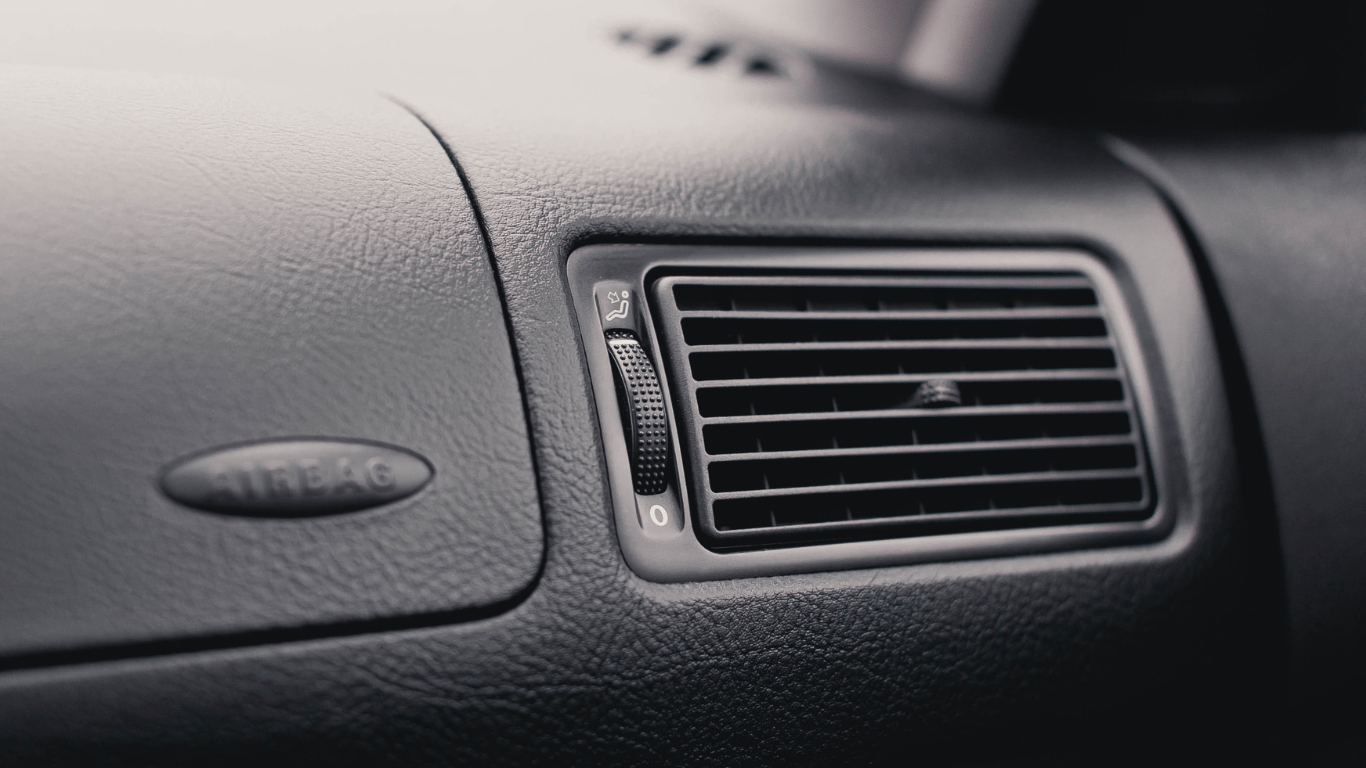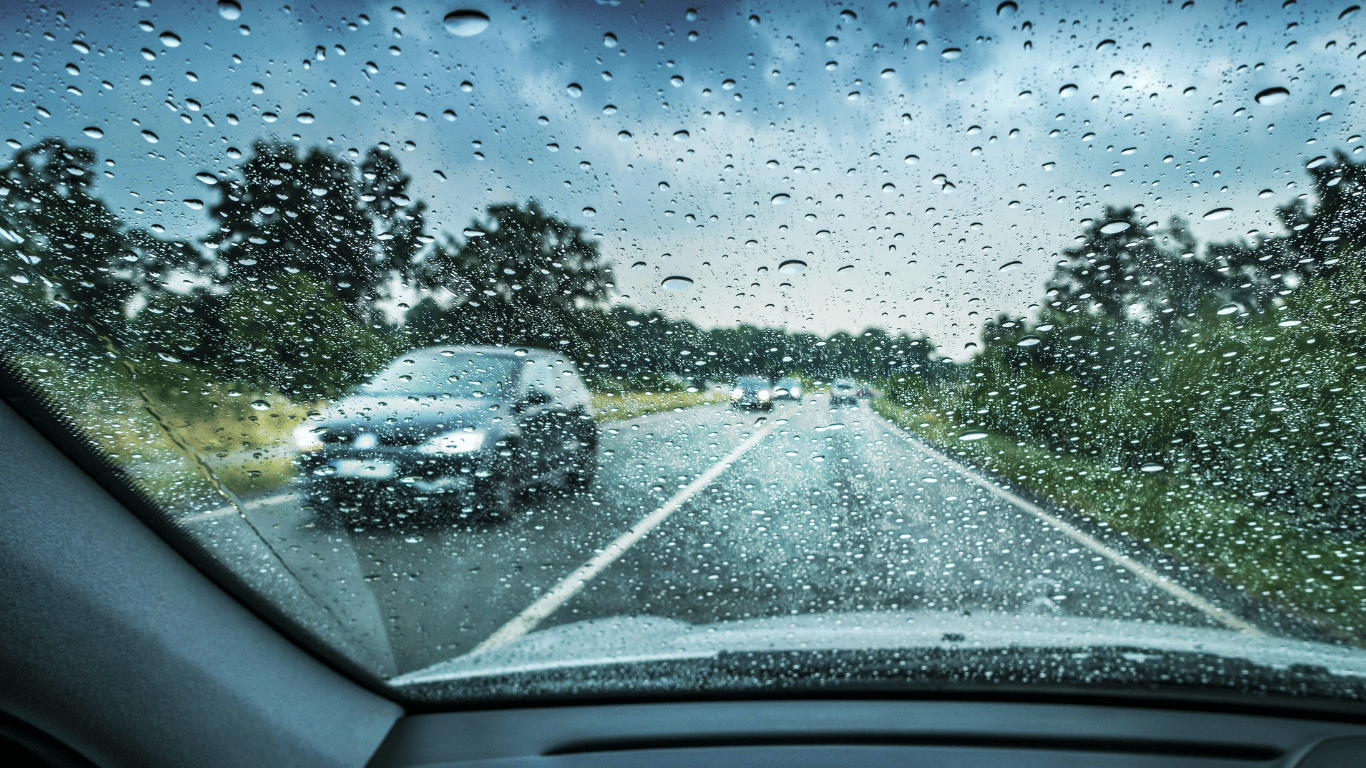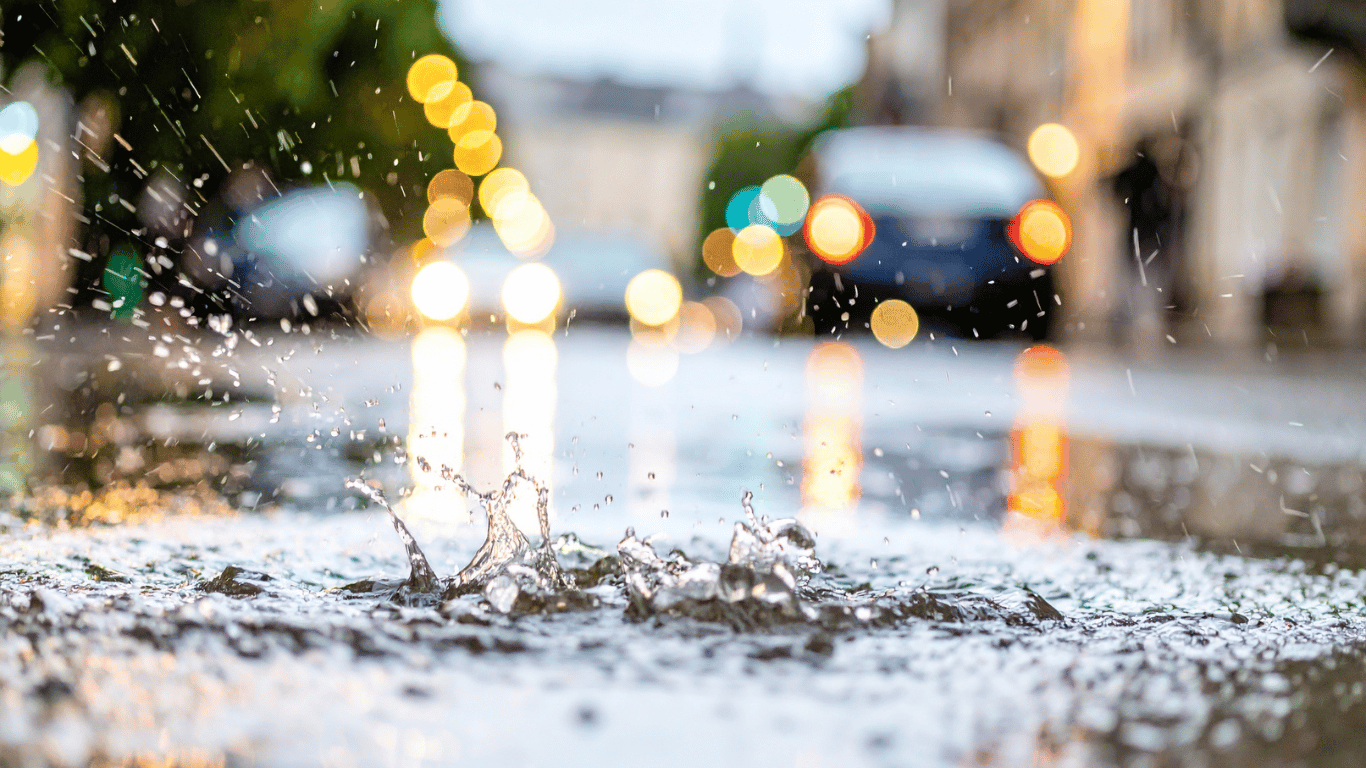Every South African driver knows our roads and climate can be tough on cars. Yet even diligent vehicle owners sometimes overlook the humble radiator flush—until overheating or costly repairs strike! If you’ve ever wondered when to flush your radiator, why it’s essential, or how to avoid a breakdown, this guide is tailor-made for you. We break down radiator flush best practices, local cost factors, warning signs, and expert solutions—empowering you to keep your vehicle cool in every corner of South Africa.
Why a Radiator Flush Matters in South Africa
Your vehicle’s cooling system is its first line of defence against overheating, engine failure, and spiralling repair costs. The heart of that system is the radiator. Flushing your radiator isn’t just a routine—it’s a health check-up for your engine. According to official SA Government maintenance guidelines, draining and flushing the cooling system, refilling with clean water, and topping up coolant is standard practice, crucial to prevent build-up that causes system failure. South African roads, long commutes, and high temperatures make cooling maintenance even more important—neglect can lead to major breakdowns on the N1 or gridlock in central Joburg!
1. What Exactly Is a Radiator Flush?
A radiator flush is the process of draining the old coolant and debris, cleaning out the radiator (plus the rest of the cooling system), and refilling with fresh coolant. Over time, the coolant can become contaminated with rust, scale, oil, or debris. Left too long, these contaminants corrode the system and restrict flow, risking the engine’s health and performance.
A proper radiator flush removes:
- Rust and scale deposits
- Old, degraded coolant
- Oil contamination from failed seals/gaskets
- Any obstructions or “sludge” that prevents cooling
Neglecting this service? You risk:
- Engine overheating
- Blocked or leaky radiators
- Damaged coolant hoses
- Unexpected breakdowns and expensive repairs
2. When Should You Flush Your Radiator? (SA Driving Realities)
So how do you know it’s time for a radiator flush? Most vehicle manufacturers recommend a radiator flush every 2 years or 40,000–60,000km—but South African conditions demand more vigilance. According to cars.co.za’s cooling system guide, local factors like dusty rural roads, stop-start urban driving, and hotter summers can reduce coolant lifespan.
Typical South African warning signs:
- Engine temperature rises quicker than usual (especially in traffic)
- Loss of coolant without visible leaks
- Rust-coloured or cloudy fluid inside the radiator
- Strong smell of coolant or steam from the engine bay
- Dashboard temperature warning light appears (diagnose with Fixxr)
- Poor heater performance in winter (blocked heater core)
Pro-tip: If you see these symptoms—don’t delay! Get a coolant leak inspection or book a professional radiator flush. For peace of mind, consider a general car inspection, especially before long trips or the change of seasons.
3. Step-by-Step: How to Flush Your Radiator
While some seasoned DIYers tackle radiator flushes at home, for most South African motorists, using a trusted mobile mechanic like Fixxr is the safest and most convenient option (avoiding disposal hassles, spills, and potential system damage). Here’s how the process should work:
Step 1: Preparation
- Ensure the engine is completely cool! (Hot coolant is dangerous)
- Park on a level surface and secure the vehicle
- Gather supplies: coolant compatible with your car (check SA specifications), a bucket, gloves, and a flush kit
Step 2: Drain Old Coolant
- Remove the radiator cap and locate the drain plug (bottom of the radiator)
- Place a bucket to catch old fluid (to be disposed of legally!)
- Open the drain plug and allow all old coolant to drain
Step 3: Flush the System
- With the plug still open, pour distilled water into the radiator
- Start the engine and let it run until the thermostat opens (look for warm heater air)
- Drain the system again
- Repeat if the water runs dirty
- (For severe build-up, a chemical flush may be needed—best left to the pros)
Step 4: Fill with Fresh Coolant
- Close drain plug securely
- Mix SA-appropriate coolant with distilled water (usually 50/50, check your user manual)
- Fill the radiator, top up the overflow reservoir
- Start the engine and top up as air escapes
Step 5: Final Checks
- Check for leaks at hoses and joins (replace worn hoses)
- Watch engine temperature and make sure it stays in the normal range
- Dispose of old coolant at a designated hazardous waste facility
Short on time or want a clear diagnostic? Trust a Fixxr mechanic for a mobile flush—we come to you, offer a 6-month/10,000km warranty, and guarantee safe disposal.
4. Choosing the Best Coolant & Special SA Considerations
The climate and water quality in South Africa means not all coolant is created equal. As Autotrader SA notes, always check:
- Use the coolant recommended for your make (check your manual or ask your Fixxr technician)
- Avoid tap water (our hard water accelerates scaling and blockage)
- For older vehicles, a traditional ethylene glycol-based coolant is common; newer cars increasingly require OAT or hybrid coolants
- Top up only with the same coolant type already in the system
Extreme summer heat or towing? Flush and refill every year or 30,000km to prevent failures under load.
5. How Much Does a Radiator Flush Cost in South Africa?
Costs can vary depending on vehicle size, location, and whether you choose DIY or a professional mechanic. Here are typical cost ranges for 2024:
| Service Type | Average Cost (Rands) |
|---|---|
| DIY Radiator Flush | R200 – R600 (coolant & materials only) |
| Professional Radiator Flush (Fixxr) | R600 – R1,500 (parts & labour) |
| Radiator Replacement | R2,500 – R8,500+ |
| Full Cooling System Flush | R900 – R2,000 |
- DIY is cheaper but risky—incorrect flushes can cause engine damage or void warranties.
- Professional service includes inspection for leaks, hose checks, and system health, making it a smart investment—especially with Fixxr’s 6-month/10,000km warranty on all radiator services.
- Get a quote for a full cooling system flush or radiator replacement if your radiator is compromised.
6. Related Maintenance: What Else Should You Check?
A regular radiator flush extends the life of your cooling system—but other components deserve attention, too:
- Radiator hoses: Old or cracked hoses risk major leaks (replace worn hoses)
- Radiator fans: A faulty fan motor can cause overheating—consider a fan motor replacement
- Thermostats and water pumps: Can fail due to sediment build-up
- Dashboard warning lights: Always address immediately (temperature warning diagnostics)
- Coolant leaks: Don’t ignore puddles under your car—book a leak inspection
- Heater issues: Poor interior heating can signal blockage in the cooling system
Want to keep everything running smoothly? Book a comprehensive car inspection or see our guide on how to schedule a diagnostic inspection for total peace of mind.
7. Pro Tips: Getting the Most from Your Radiator Flush
- Never mix different coolant types—always check compatibility
- If your car overheats soon after a flush, have a pro check for airlocks or failing parts
- Flush sooner before long trips, especially cross-country travel
- Regularly check coolant level monthly—top up if low, but investigate sudden drops
- Choose a mobile mechanic for convenience—no more waiting at the workshop!
Conclusion: Keep Your Cool with Fixxr’s Trusted Radiator Flush Service
A timely radiator flush is one of the simplest ways to prevent engine failure, lower running costs, and keep your day on track. Don’t wait for dashboard warnings or steam on the highway—stay on top of your radiator health with expert help.
With Fixxr, you get qualified, background-checked mobile mechanics who come to your home or office anywhere in South Africa. All radiator services include our unbeatable 6-month/10,000km warranty, transparent pricing, and expert advice on every aspect of your cooling system. Ready to enjoy a cooler, safer drive? Book your car service online now or explore our professional radiator flush for complete peace of mind!
Your car will thank you—on every journey, from Cape Town to Polokwane!



